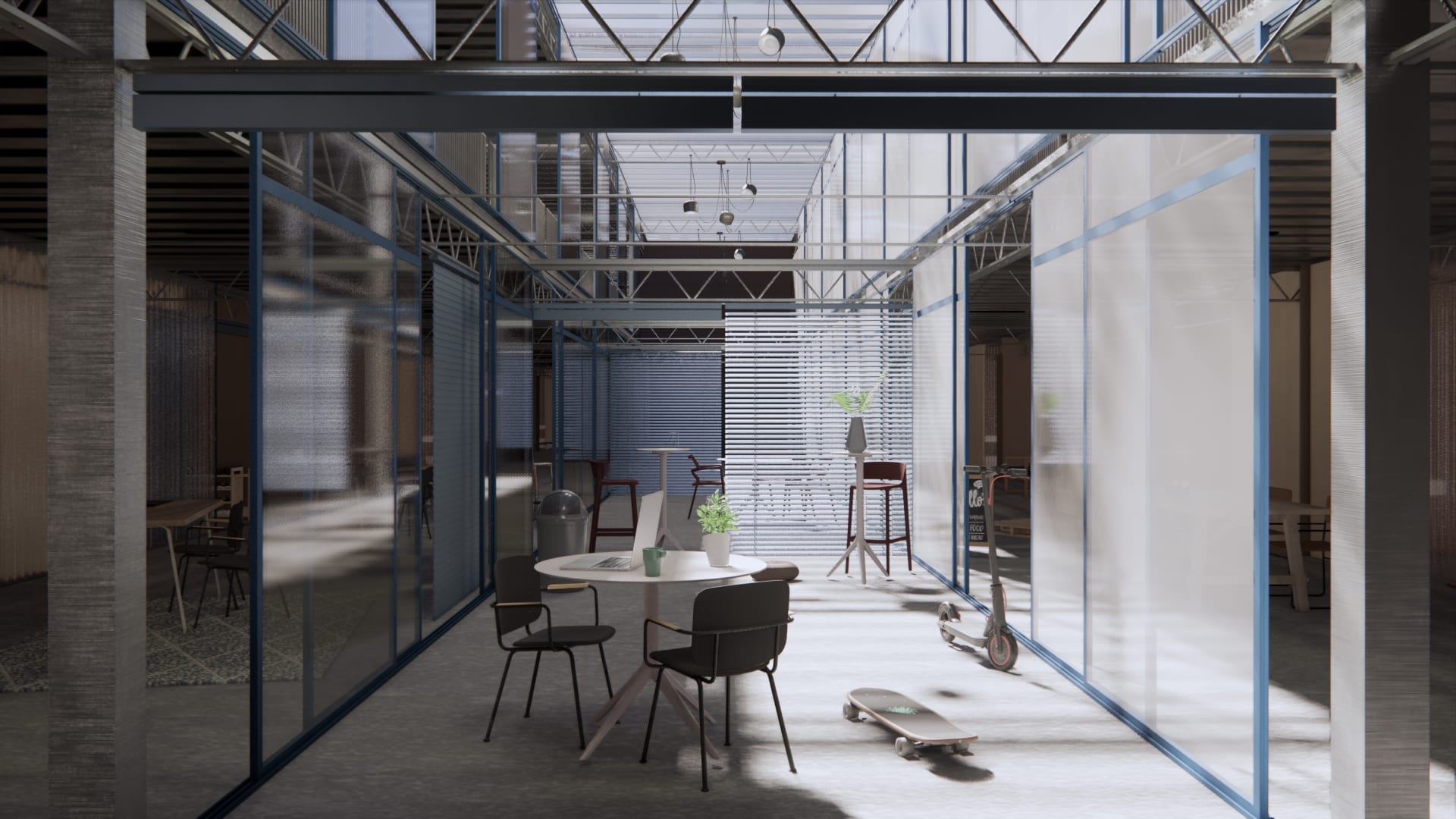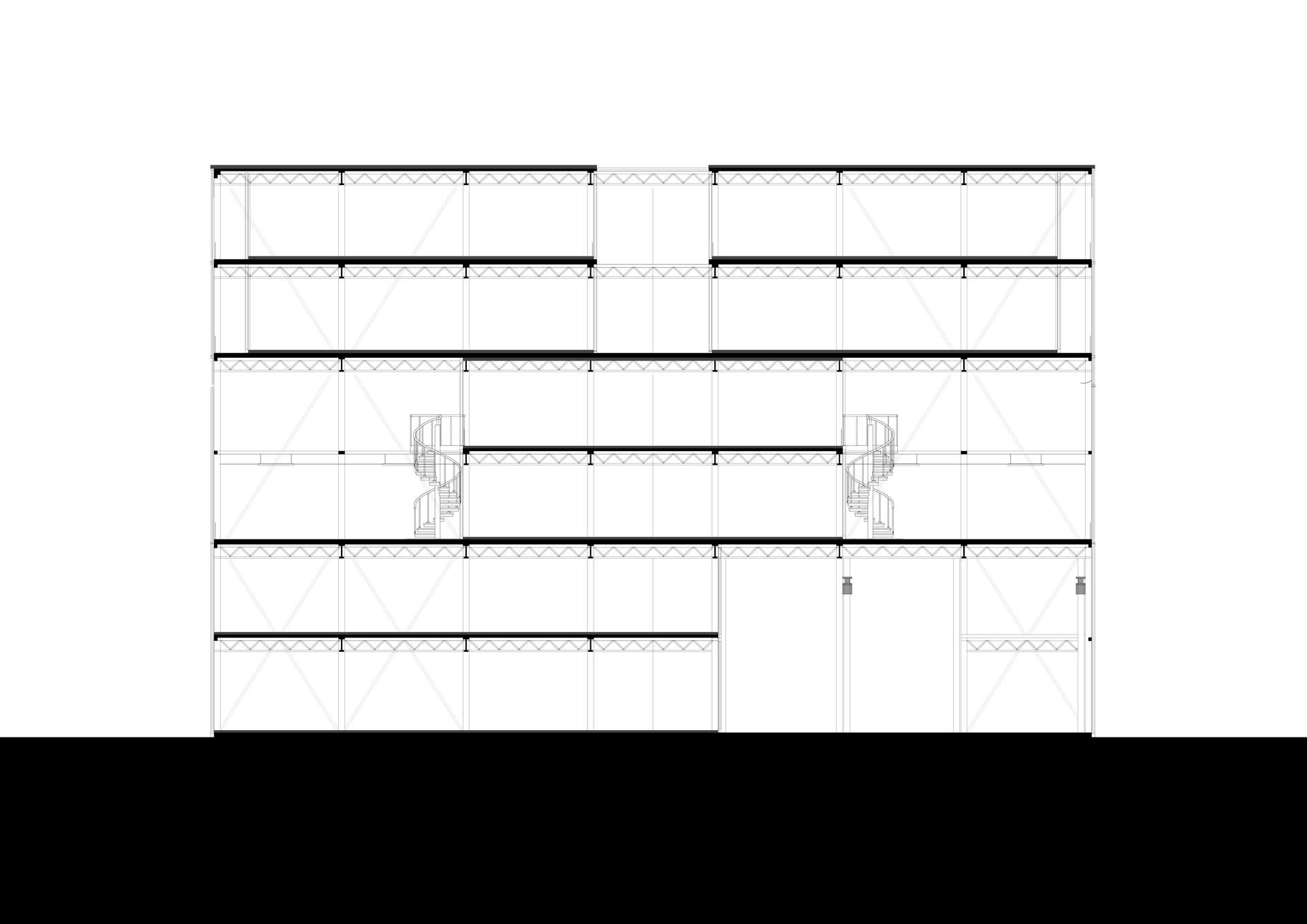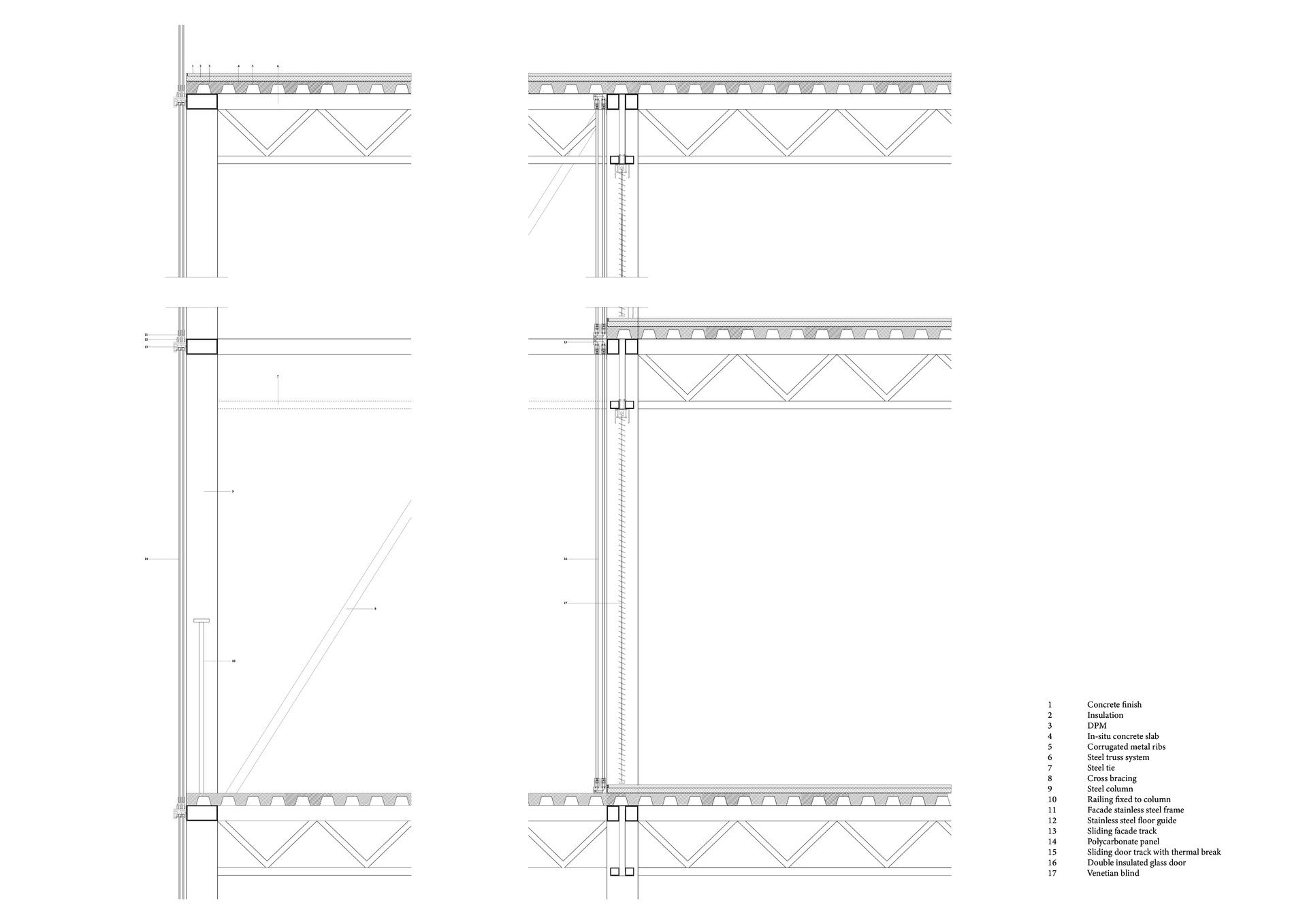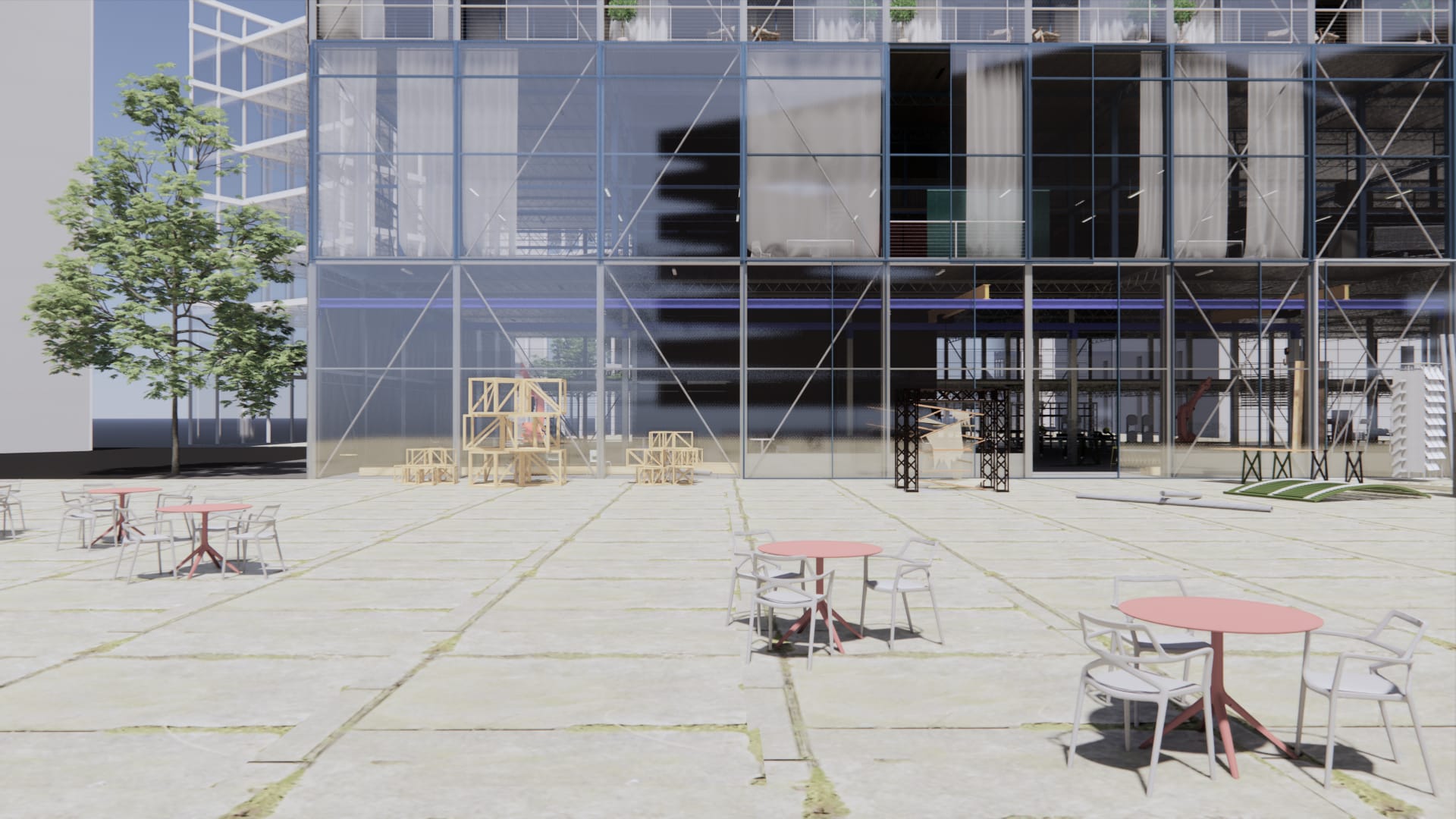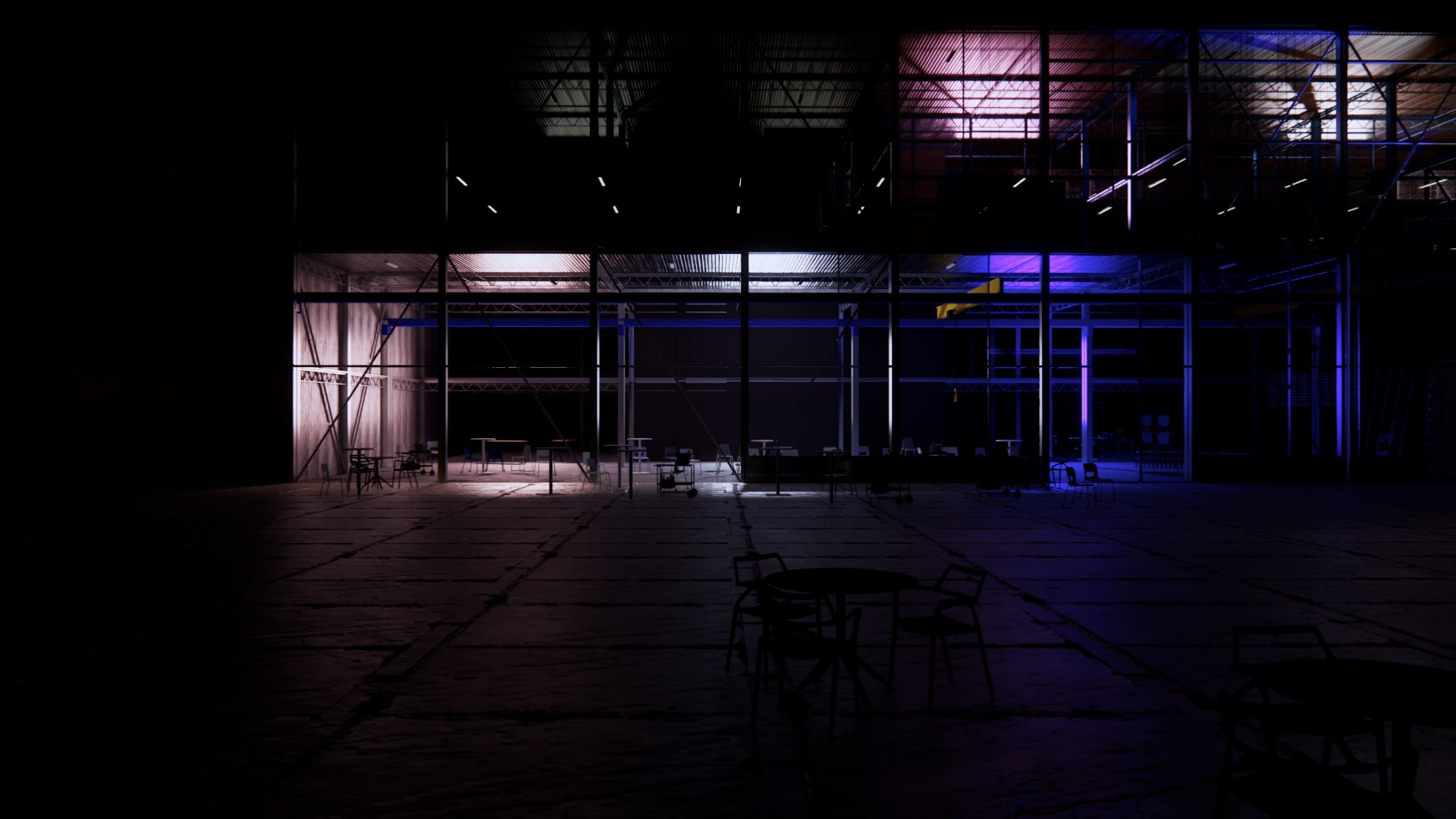Natalie was born and raised in Hong Kong. She graduated with Bachelor of Arts in Architectural Studies from the University of Hong Kong. She has been selected for exchange at the National University of Singapore during her final thesis year. As a curious individual, she has taken her opportunities to work with various research projects under different cultural contexts during her Bachelor years.
Before joining the RCA, she had a year-out working experience at P&T Hong Kong, collaborating with different consultants on local large-scale residential projects. Her practice works mainly include master planning, coordinating, and producing tender/ submission drawings etc.
Throughout her studies at RCA, Natalie had tried to challenge herself to express and develop her projects in different mediums. It is her ambition to create projects which are down-to-earth and resilient, easily understood and utilised by the public.
She believes that architecture is up for a challenge in these constantly changing times. The profession has its unique role and responsibility within a community, in which physical space plays an active part to establish new cultures and modes of living. Architecture does not end on how architects set up the spaces, but how people continuously appropriate and transform through their activities and lifestyles. Therefore, many of her academic works come in stages and different settings, composing the narratives of how the users would occupy the spaces.
Natalie is currently based in Hong Kong, completing her degree remotely.
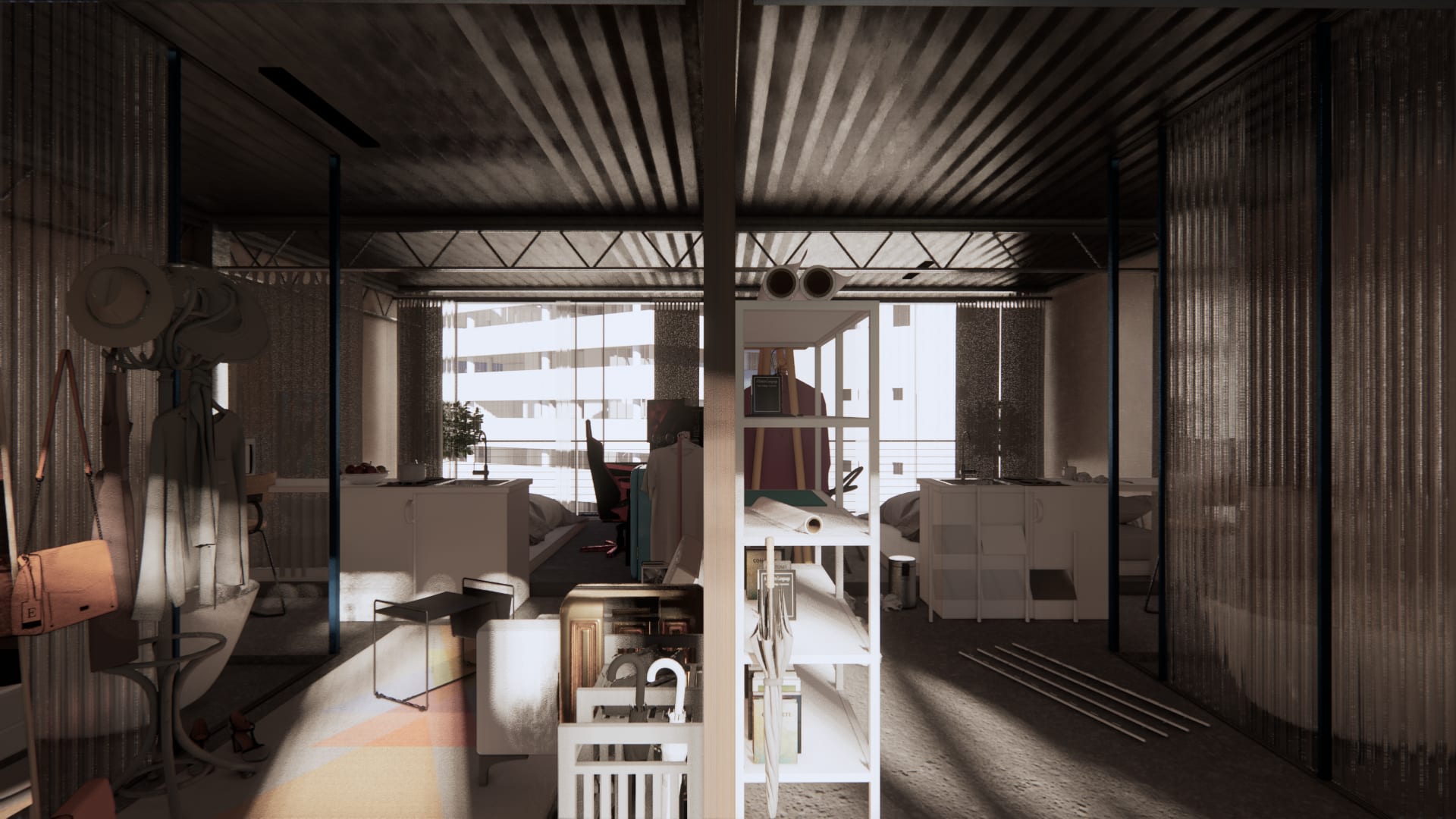
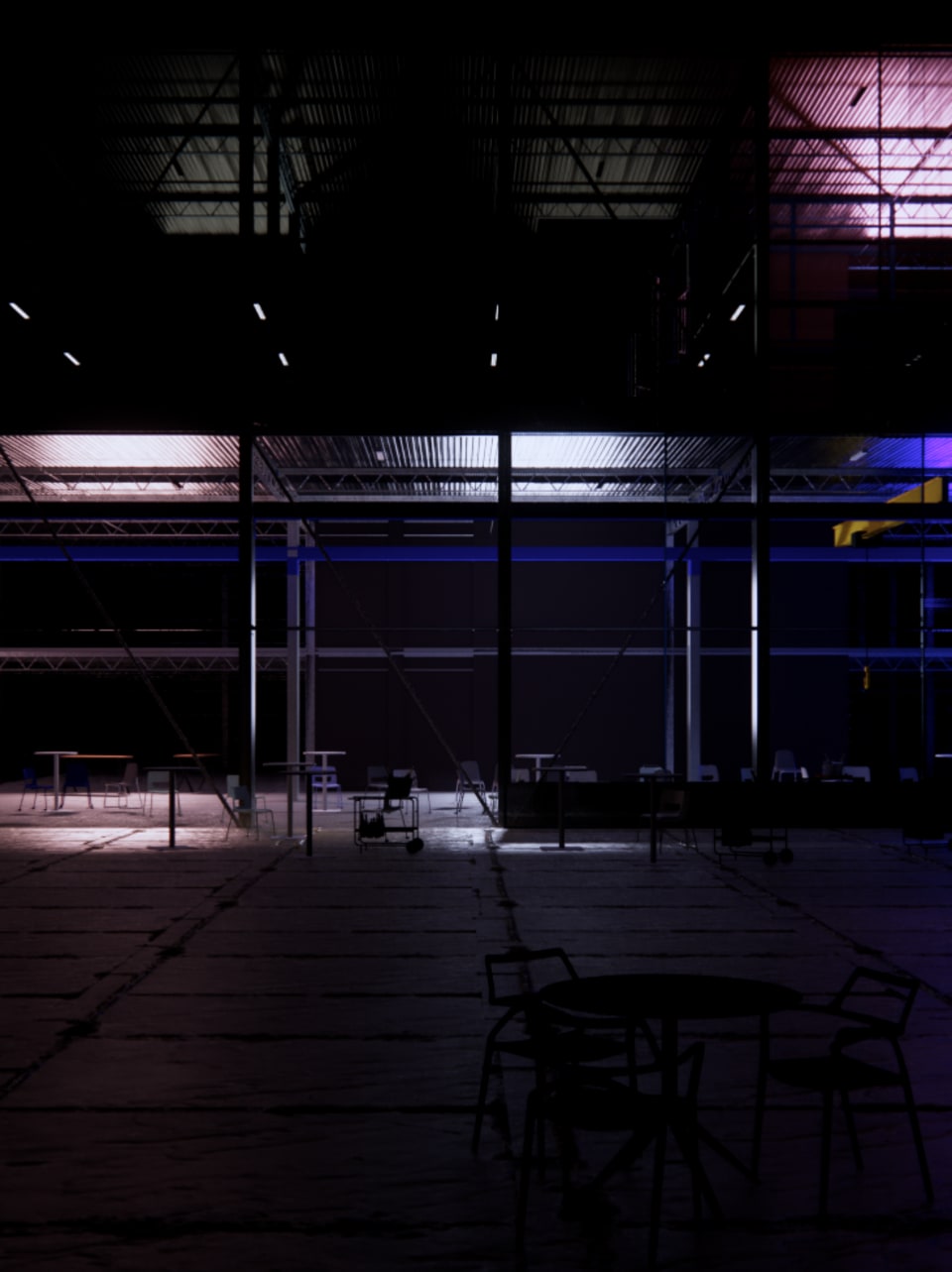


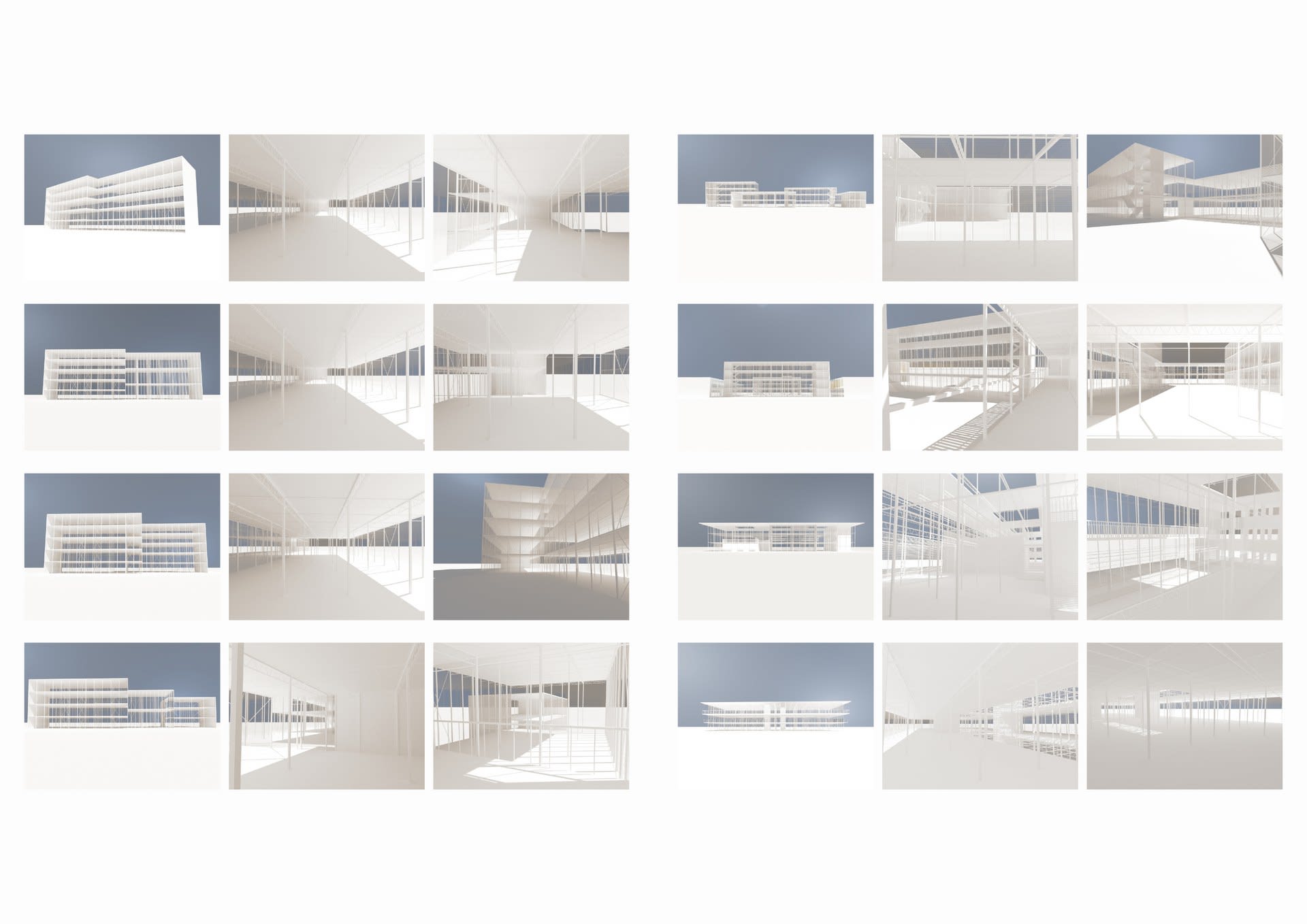
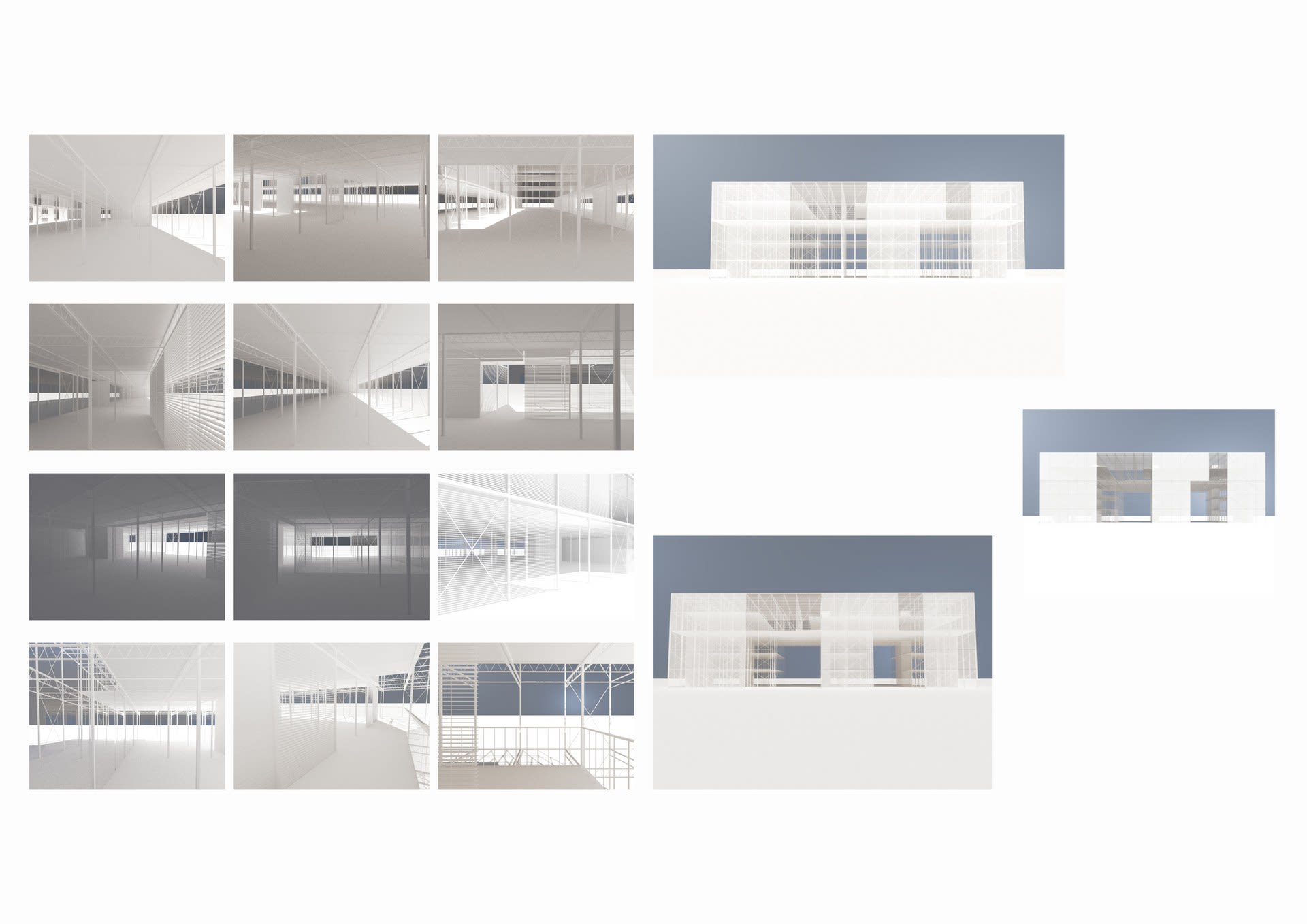
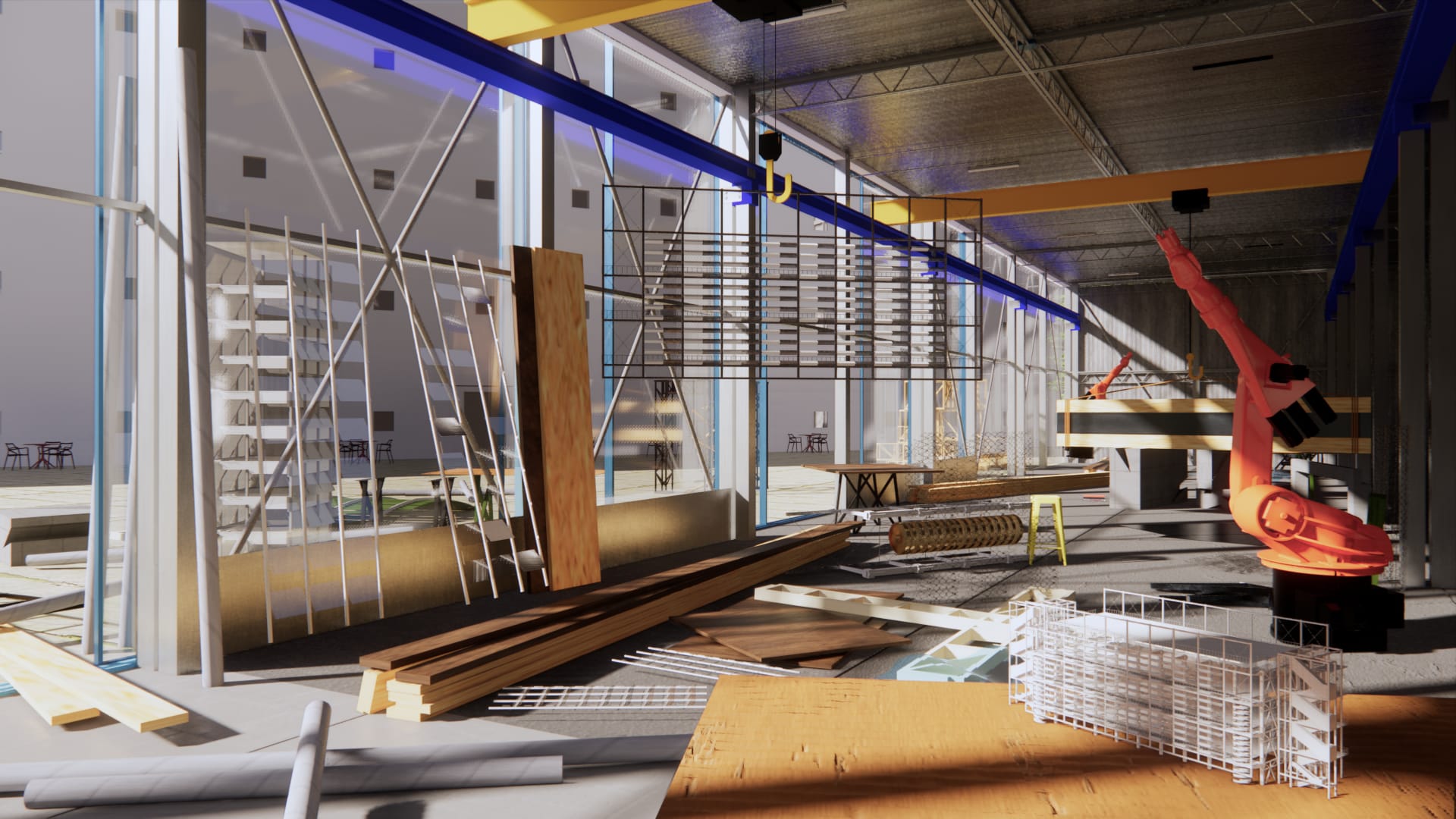
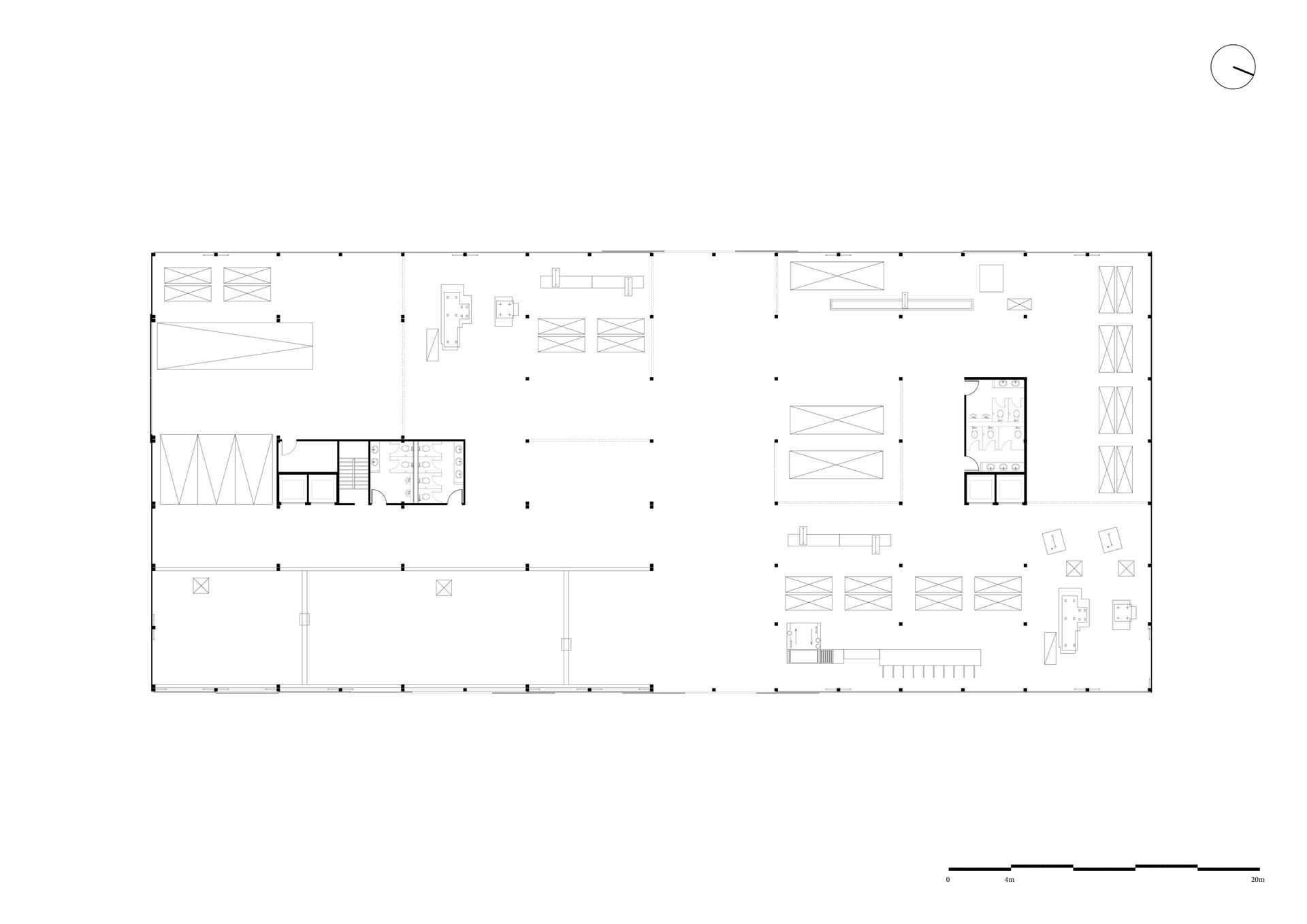
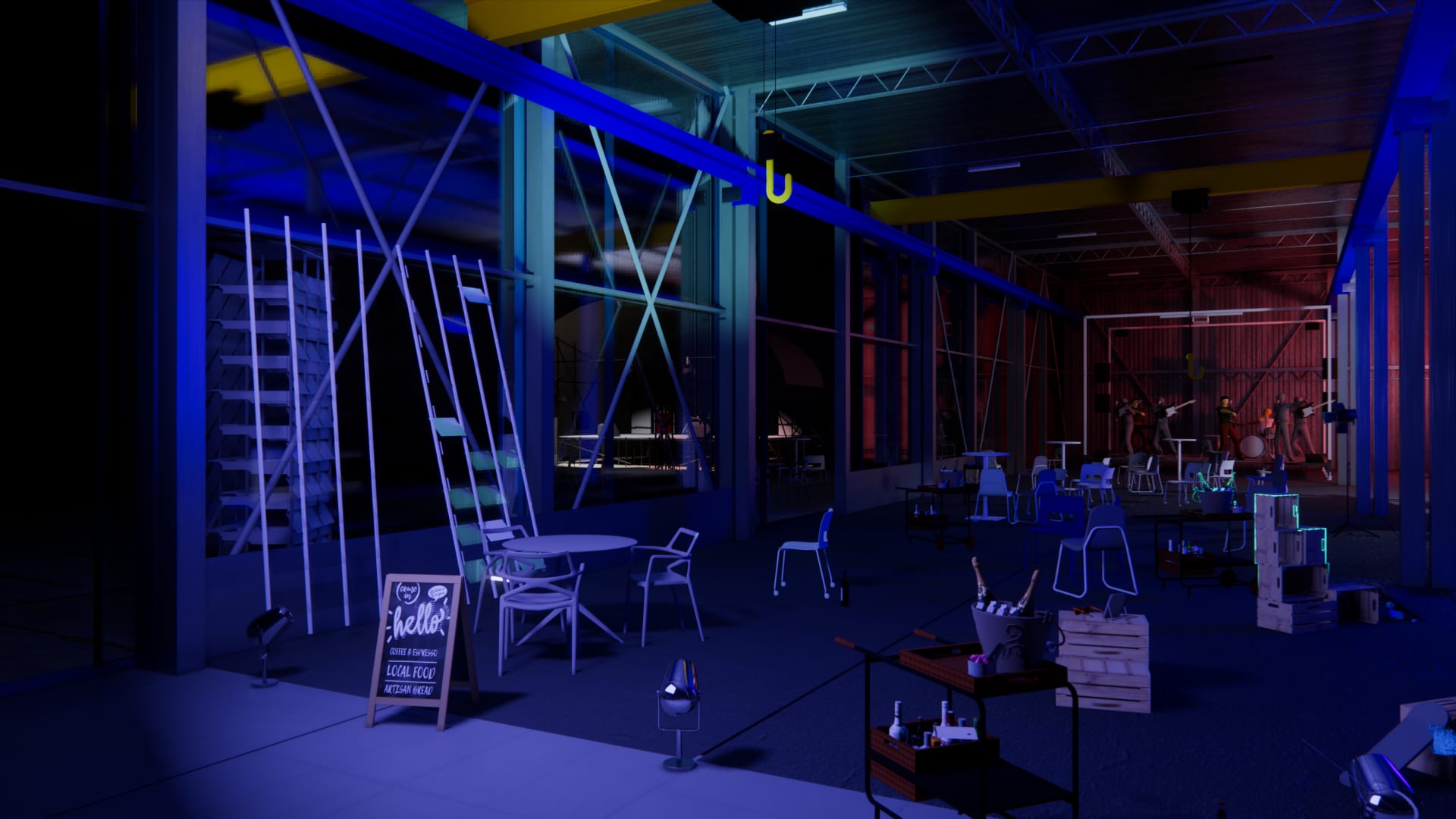
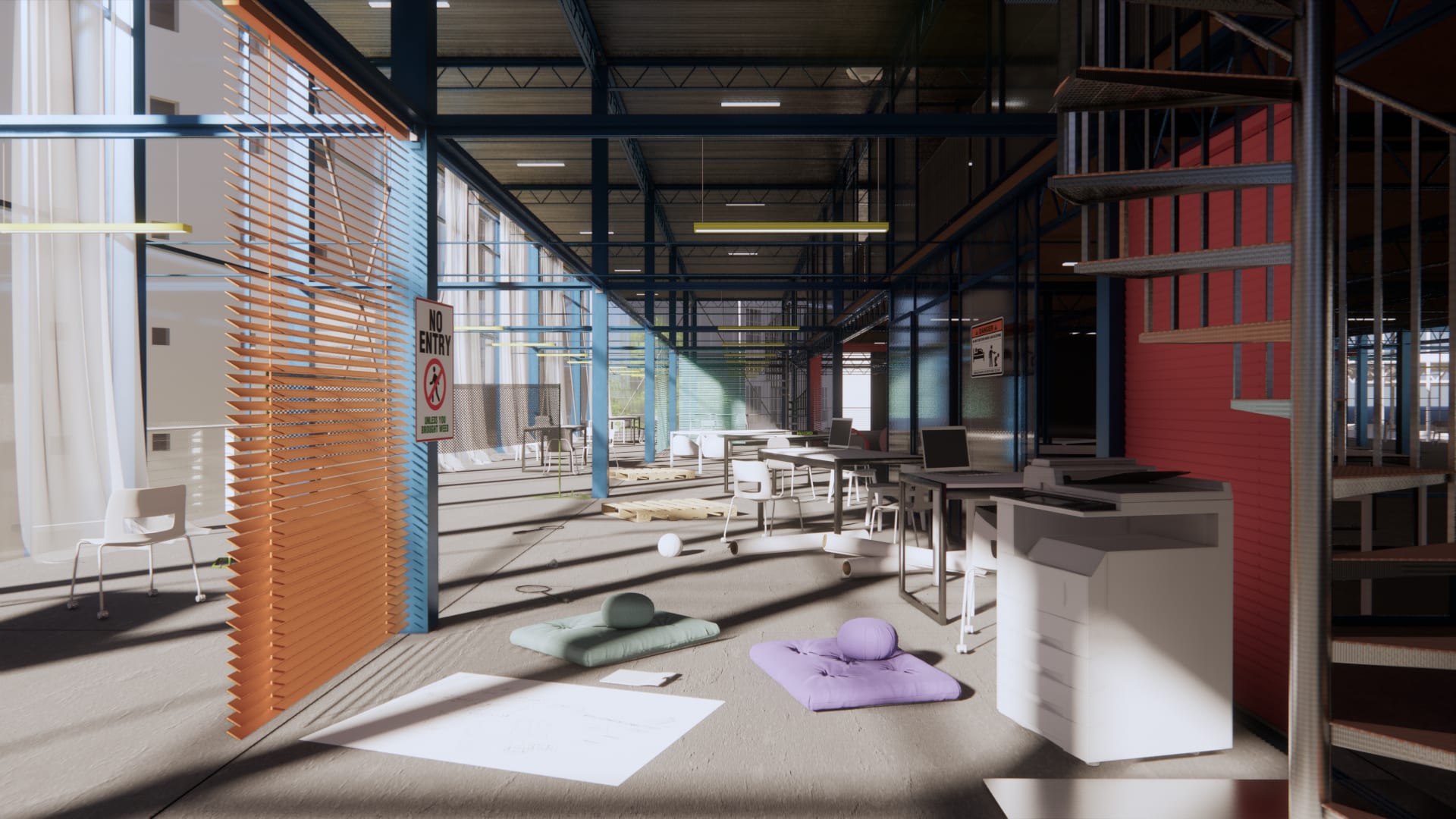
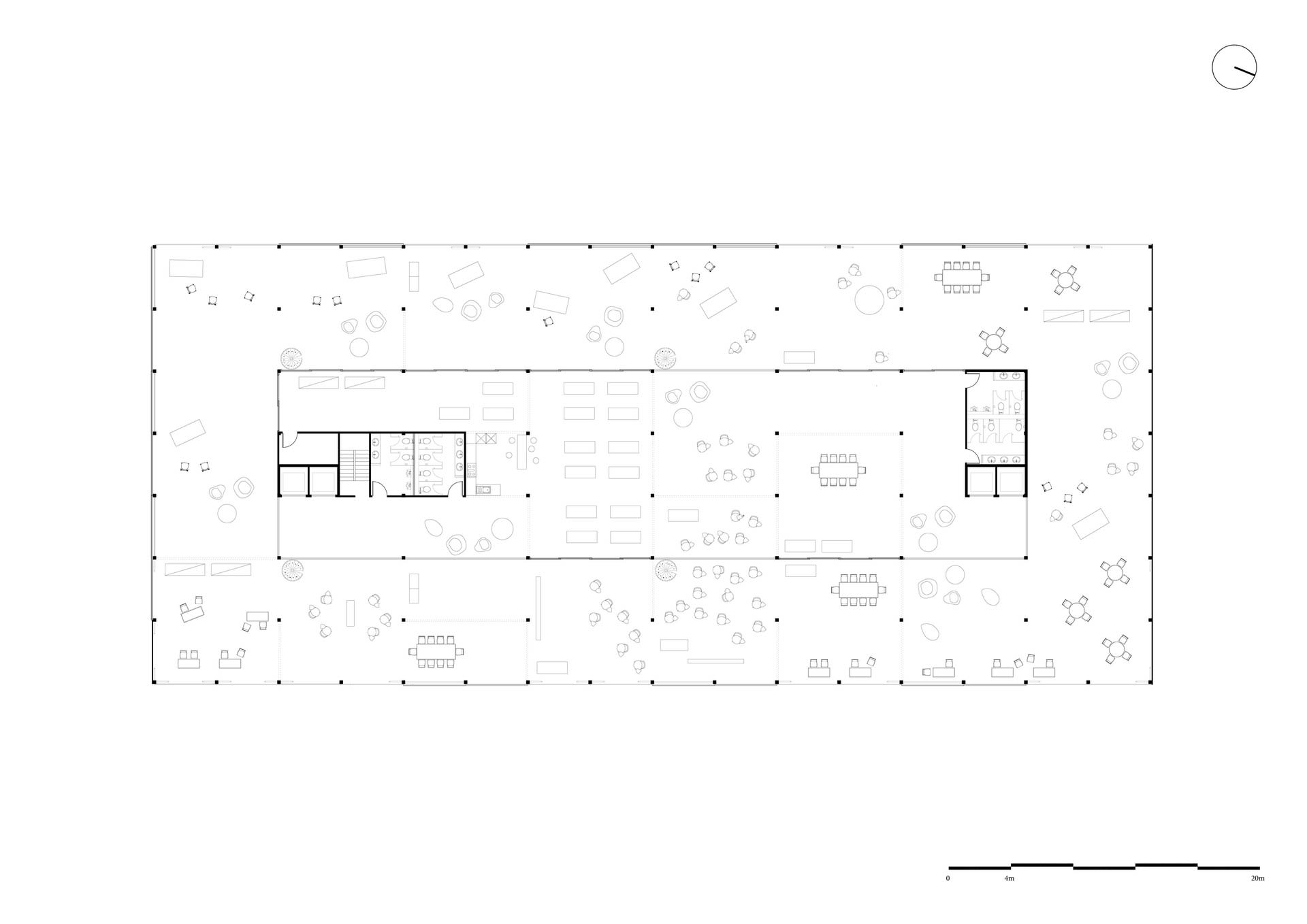
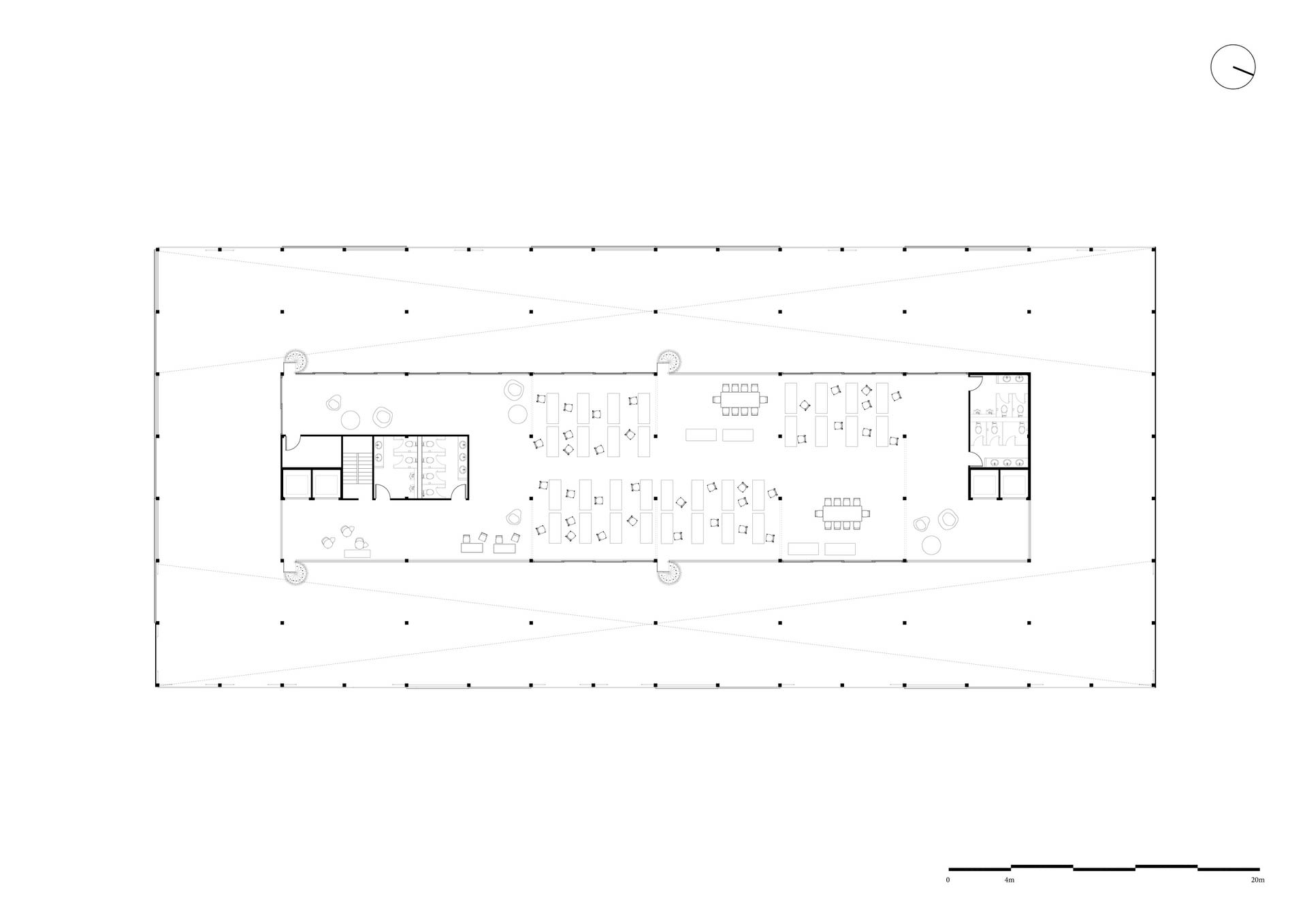
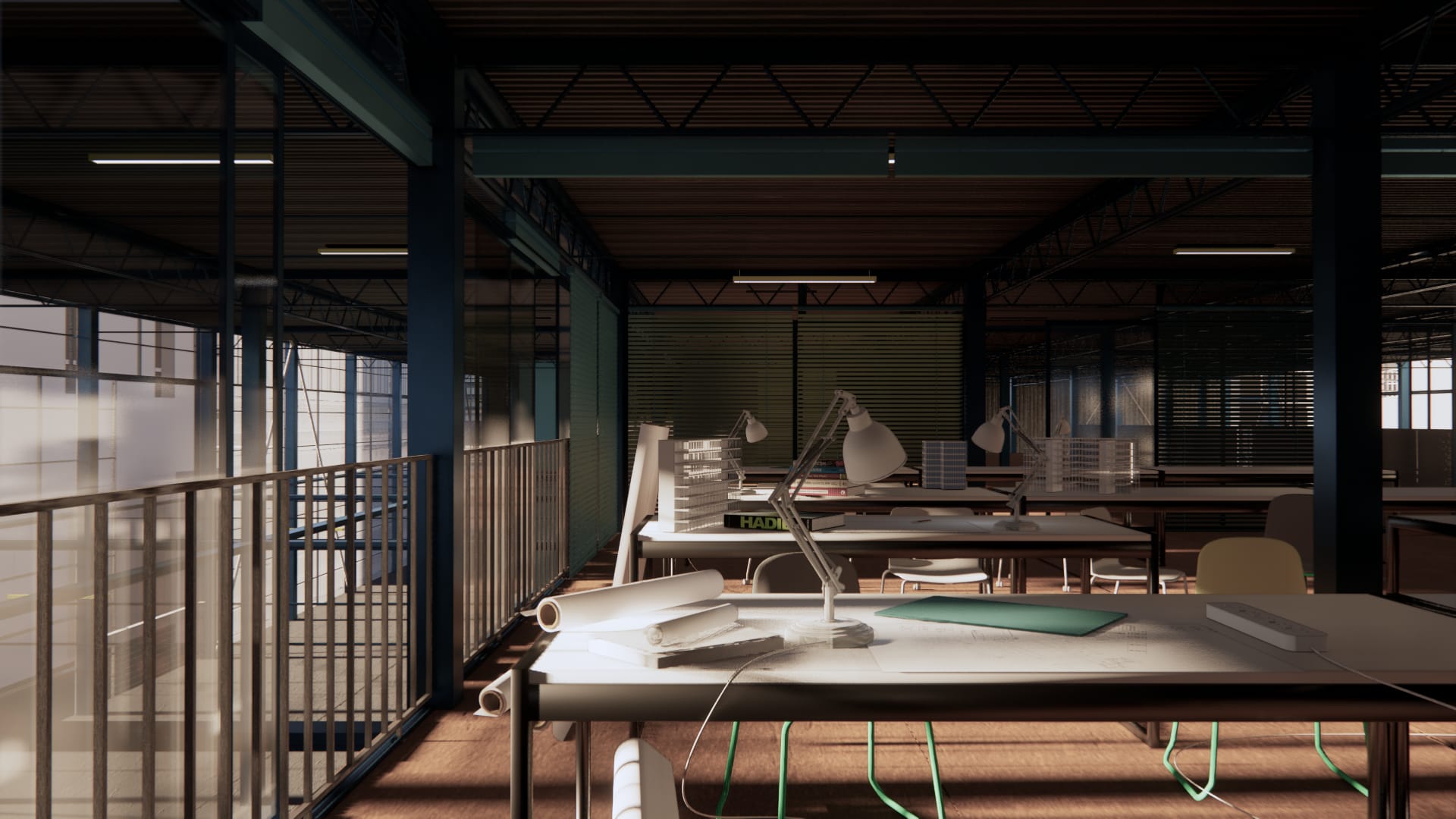
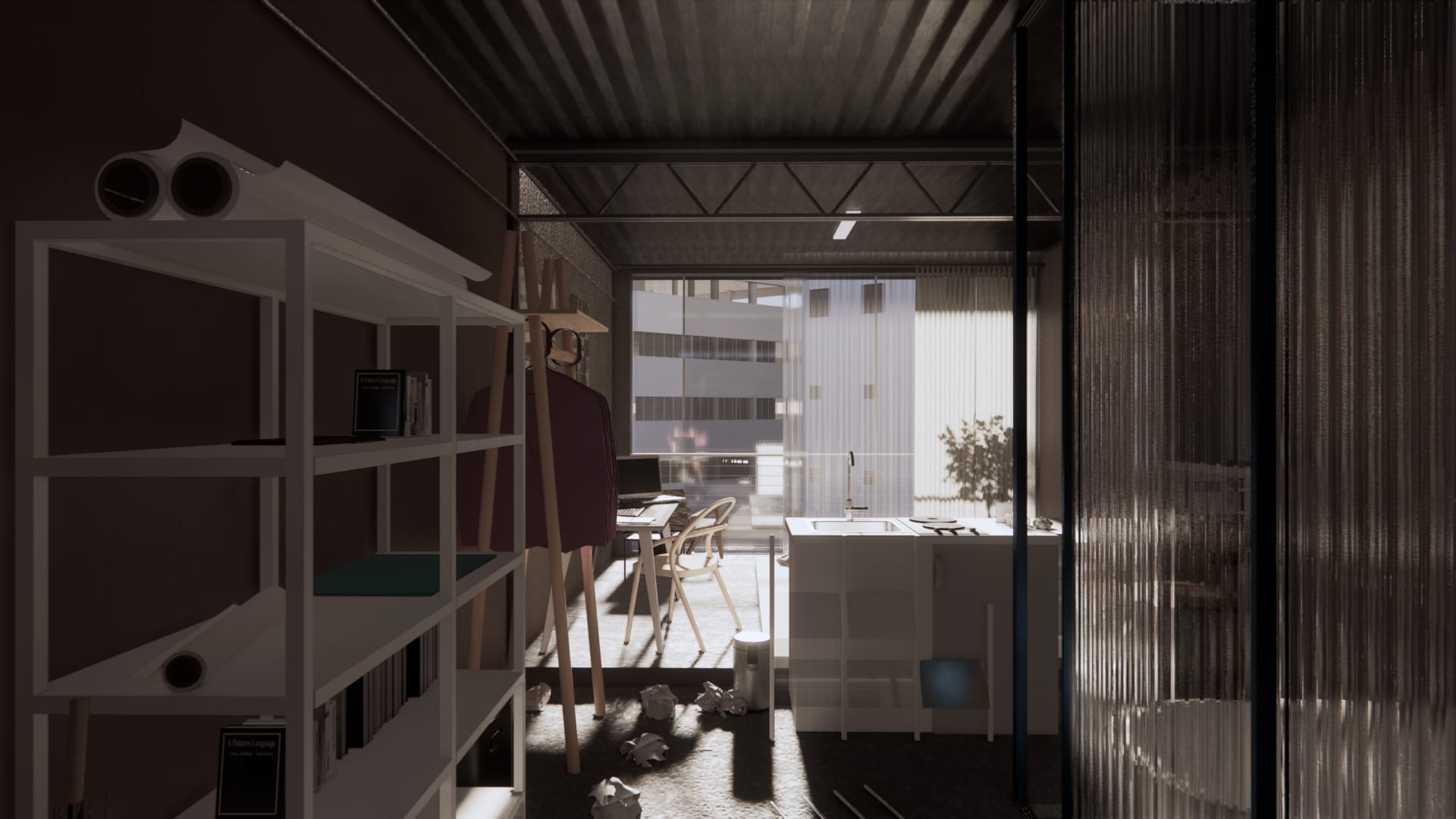
![[untitled]](https://res.cloudinary.com/rca2020/image/upload/f_auto,h_1080,w_1920,c_fill,g_auto,q_auto/v1/rca2021/60c6709f101fec8c9fad62f2-535808?_a=AXAH4S10)

